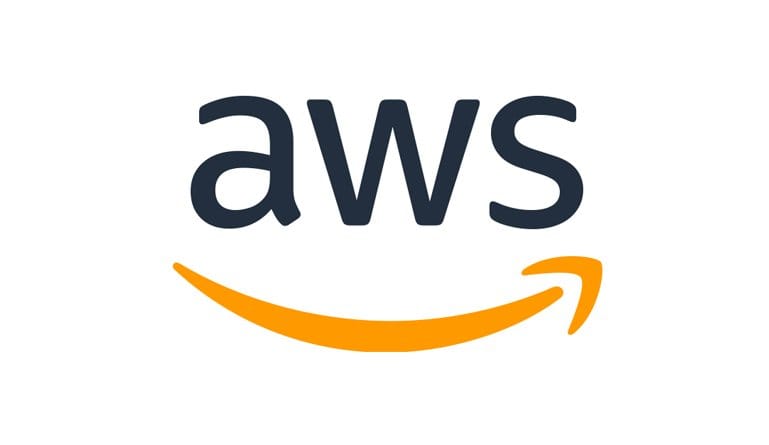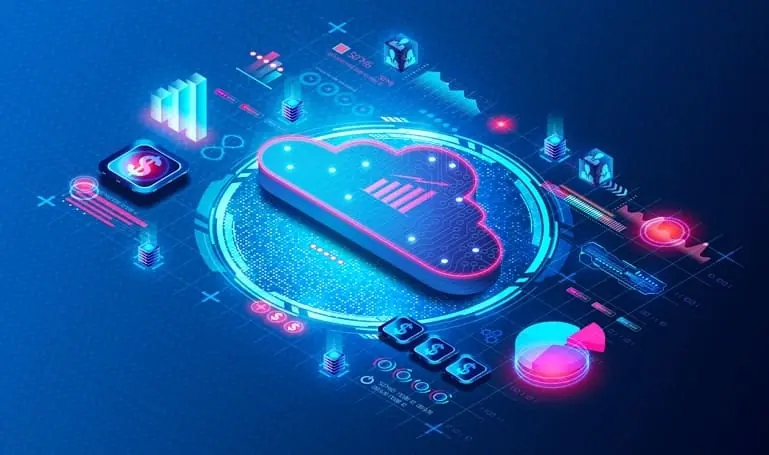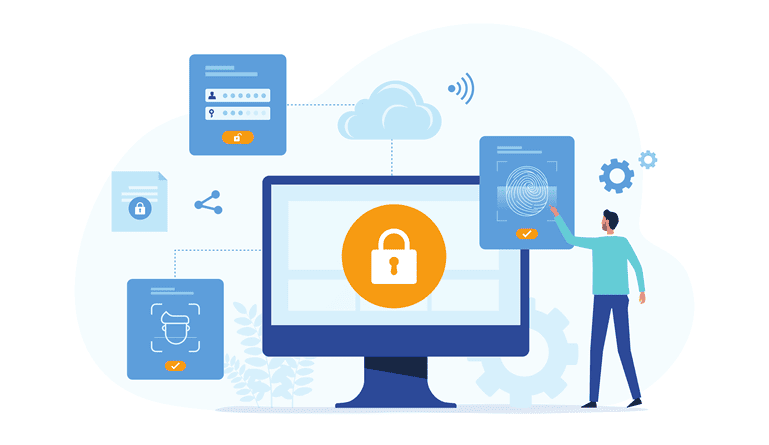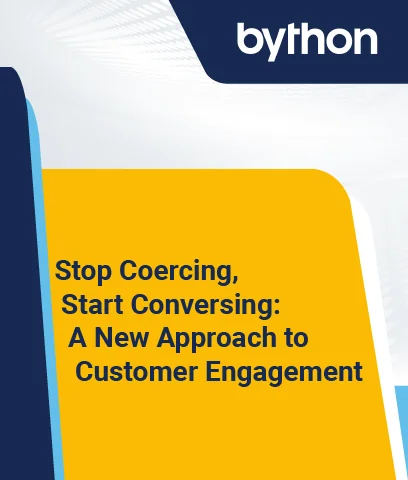In 2023, SaaS application adoption is actually slowing due to app sprawl, with 59% of It professionals struggling with SaaS proliferation. To solve this growing problem, Amazon Web Services (AWS) has launched Appfabric, a SaaS orchestration solution using generative AI.
Exciting news! 🔥 AWS has just launched AppFabric, a game-changing solution simplifying SaaS app connectivity. 🚀 Say goodbye to integration headaches and hello to seamless connections. 💻🙌 #AWS #AppFabric https://t.co/NRjmcohhe1
— TechFunnel (@tech_funnel) July 5, 2023
What Is AWS AppFabric?
AWS AppFabric is a no-code utility on Amazon cloud that augments an organization’s current investments in software-as-a-service (SaaS) apps through native security and log data interoperability.
It collects and standardizes log data from applications such as Asana, Slack, or Zoom. It also takes into account productivity suites like Microsoft 365 and Google Workspace. This facilitates application observability and reduces operational costs, as point-to-point integrations are not needed to build and maintain.
AppFabric will also use generative artificial intelligence (AI), as per AWS news, though the feature is not out yet.
Customers utilizing AppFabric can integrate third-party apps from the AWS console to gain a unified view of app usage and performance. AppFabric, once linked via AWS connectivity, offers standardized data and cross-app functions. Using AWS’ Open Cybersecurity Schema Framework, it also integrates and regulates data so that it can be analyzed for trends, safety concerns, and much more.
The main question when discussing the meaning of AWS AppFabric is this: why is AppFabric important? Given today’s SaaS application sprawl and growing shadow IT, AppFabric administration and orchestration layers are essential. According to Statista, the average organization utilized 130 SaaS applications in 2022!
AWS AppFabric lets customers integrate and administer the most popular SaaS applications and productivity tools in one central location – such as Atlassian Jira suite, Google Workspace, Microsoft 365, Webex by Cisco, and Zoom.
AWS AppFabric is generally available to Amazon cloud customers in select regions from June 27, 2023.
AWS AppFabric Features
Some of the most notable features of AWS AppFabric include the following:
1. Interoperability
AppFabric integrates leading SaaS security and productivity applications in a native mode. This provides a completely managed solution for SaaS interoperability. AppFabric may also be employed to establish app-wide protocols. AppFabric supports fewer than 20 applications at launch.
2. Log data normalization
AppFabric only regulates usage data for AWS Management Console-authorized SaaS applications. AppFabric instantaneously ingests and normalizes application data following app authorization. The Open Cybersecurity Schema Framework (OCSF) is used to automatically recognize SaaS application audit logs (such as event category, workspace title, agent identifier, or device information).
Customers can send this information to Amazon Security Lake using Amazon Kinesis.
3. User access management
AppFabric enables cybersecurity and IT admin teams to quickly figure out who has access to which applications by carrying out a simple search via the employee’s corporate email address. Then, AppFabric will validate application access. Or it will display the de-provisioning status for all applications.
4. Generative AI (upcoming)
The AppFabric generative artificial intelligence (AI) features will be driven by Amazon Bedrock, an offering that lets consumers use the foundation models (FMs) of AI enterprises. This functionality will enable consumers to automate a variety of tasks over several SaaS applications. For instance, employees can rapidly obtain answers, streamline task management, or generate insights across all of their apps.
5. Audit log enrichment
AppFabric automatically adds a user’s email handle to each app’s audit log data when applicable. By adding an email address to each audit log event, you can reduce incident response time.
With this function, security analysts can determine how an aberrant event is related to which user. For instance, if the same user logs into multiple SaaS applications frequently, a general or common email ID will help identify the user more quickly.
Get Started With AWS AppFabric
To get started with AppFabric on Amazon cloud, head to the AWS Management Console. Here, customers may choose the applications used by their organization to attach them to AppFabric.
Among these productivity suites are Asana, the Atlassian Jira suite, Dropbox, Miro, Okta, Slack, Smartsheet, Webex by Cisco, Zendesk, Zoom, Google Workspace, and Microsoft 365. Additionally, it supports Logz.io, Netskope, NetWitness, Rapid7, and Splunk, along with the customers’ specialized security solutions.
Following that, AppFabric provides every connected app with an established set of authentication and operational information. Simply authorize the SaaS applications to start fetching log data.
Coming to any potential negatives, the supported SaaS application list for AppFabric is less than exhaustive. For companies struggling with sprawl, more development is needed. Also, there are integration-platforms-as-a-service (iPaaS) solutions out there that address a similar use case. However, AWS is widely trusted and you can be confident about the security of two-way data flows.
Also, the AI will be a game-changer.
For instance, a user can instruct the AI bot to compile information from multiple sources into a to-do list. Similarly, users can request that AppFabric generate a project overview according to the content from an app portfolio.
Availability is currently limited to AWS regions in the United States East (Northern Virginia), Europe (Ireland), as well as Asia Pacific (Tokyo), as per AWS news.






